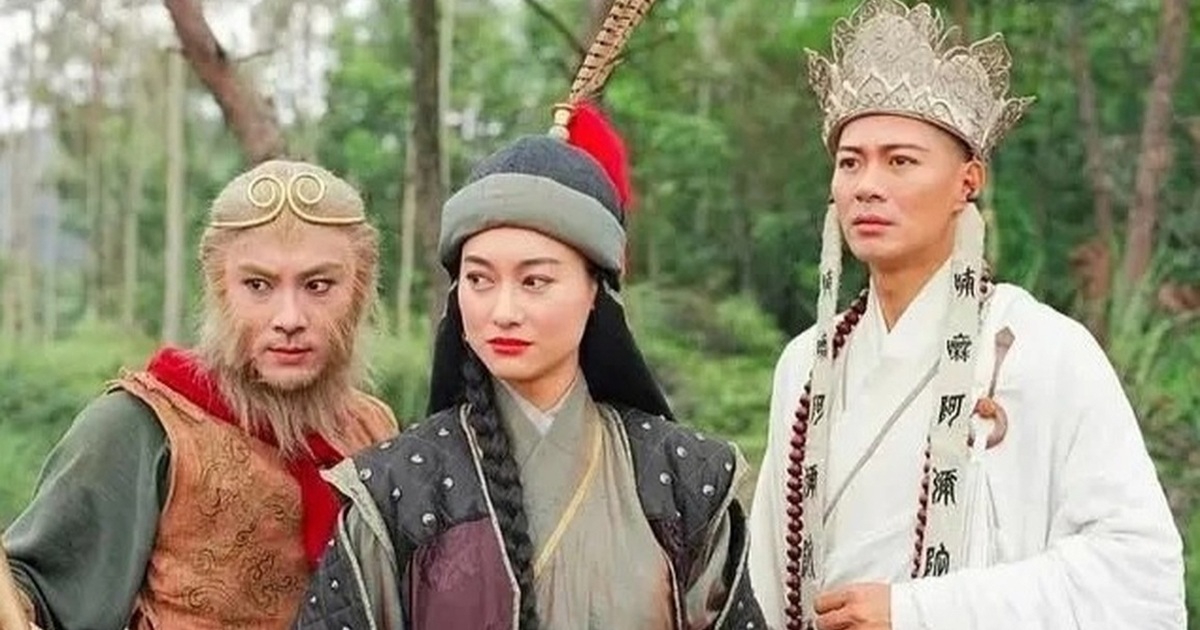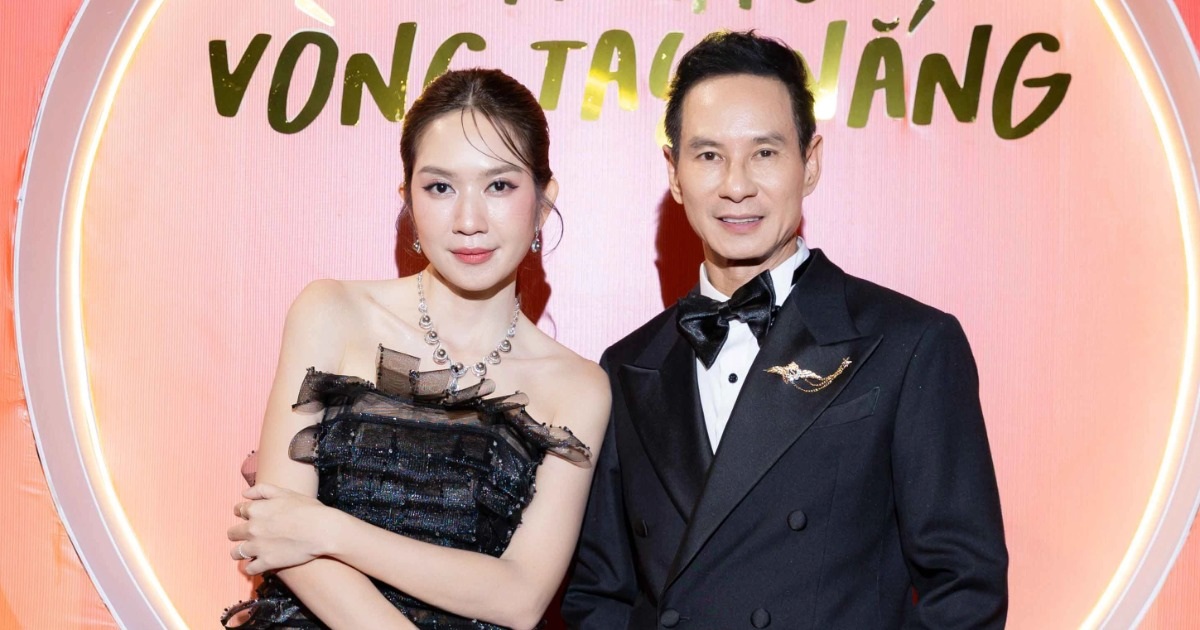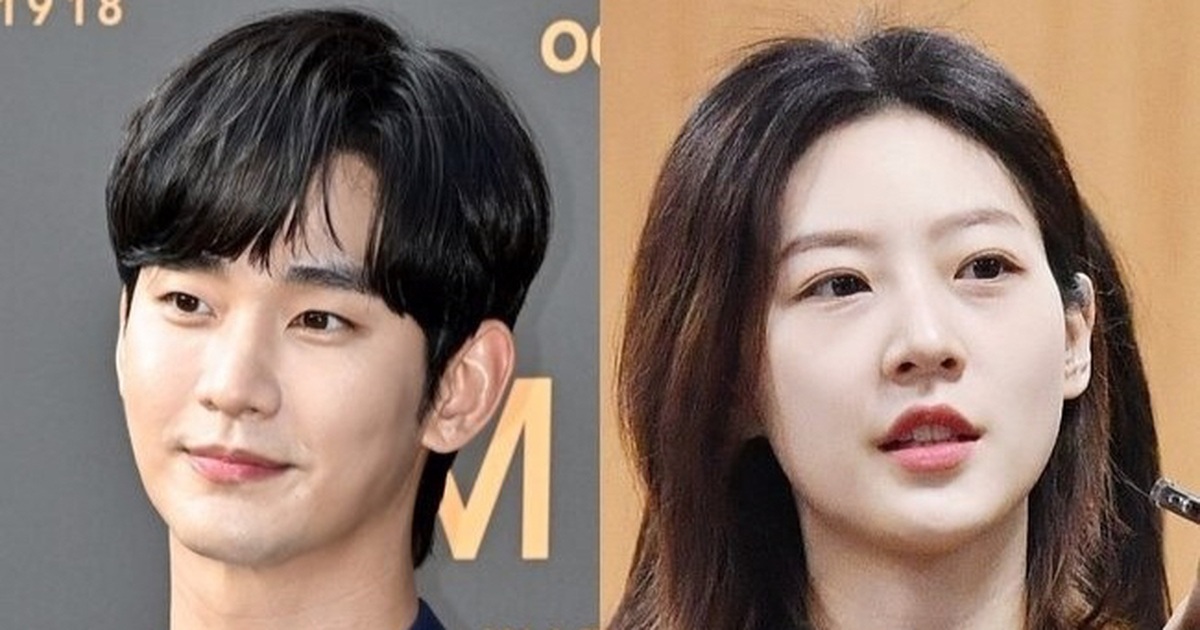Traditional Dao medicinal practices from Ba Vì are not only a valuable medical heritage but also a source of pride for the local community. With diverse herbal remedies and age-old preparation techniques, these traditional medicines have benefited thousands and become a key source of income for the Dao people in Ba Vì district.
Origins and Evolution of Traditional Dao Medicine in Ba Vì
According to elders’ accounts, around seven to eight centuries ago, the Dao people migrated and settled in the western slopes of Ba Vì Mountain. Blessed with a rich ecosystem, they discovered and developed various medicinal plants for healing.
Mr. Dương Trung Thân and his wife, residing in Ba Vì, are renowned for their family’s traditional remedies for joint pain.
Initially, these remedies were passed down within families to treat personal ailments. It wasn’t until the 1980s, when the Party and Government prioritized developing livelihoods based on indigenous knowledge, that Dao medicinal practices flourished significantly.
Processing Techniques and Unique Characteristics of Ba Vì Dao Medicine
Traditional Dao medicinal practices adhere to strict, handcrafted processing methods. Herbalists gather, chop, and dry medicinal plants, then blend them into specific remedies. Patients consume these remedies by boiling them as daily tea or taking medicinal baths; some are prepared as concentrated extracts or liquids for external application.
A notable distinction of Dao medicine is the lack of pulse diagnosis and formalized prescriptions, common in other traditional Chinese medicine approaches. Patients must first consult Western medical professionals to determine the illness before seeking Dao remedies, which are based on generations of family secrets.
Crucial Role in Local Economic Development
The flourishing of traditional medicine has driven effective agricultural diversification among the Dao people. Land previously used for cassava and corn cultivation is now dedicated to herbal gardens, spanning over seven to eight hectares, encompassing a variety of valuable medicinal plants like xạ đen, huyết đằng, mộc thông, huyết dụ, and địa đàng.
Mr. Dương Trung Thân, a 20-year veteran as a Party secretary, community leader, and Dao herbalist, shares, “By sourcing raw materials locally, we eliminate reliance on imports, maintain quality control over herbs, and guarantee food safety.”
Sustainable Development Strategies
Currently, many young Dao people in Ba Vì are choosing to continue the family tradition of herbal medicine. Mr. Triệu Tiến Duy (born 1992) explains, “While the apprenticeship is demanding – especially the postpartum herbal bath remedies requiring hundreds of different ingredients – it’s more profitable and convenient than seeking employment elsewhere.”
Ms. Lăng Thị Tuất, Chairwoman of the Ba Vì Women’s Association and a Dao herbalist, highly values the contributions of the Dao people to the development of traditional medicine in the district. “Amidst the lush Ba Vì National Park, the Dao village stands out with well-maintained and modern homes, yet still imbued with the fragrant aura of medicinal herbs,” she remarks.
Conclusion
Traditional Dao medicine from Ba Vì exemplifies the exploitation and enhancement of indigenous knowledge. Beyond preserving cultural heritage, these practices provide stable income and improved living standards for the community. Professionalizing and modernizing traditional medicinal practices will yield profound benefits for both the Dao community and society as a whole.
Learn more about these valuable remedies and share your insights to contribute to the development of Vietnam’s traditional medicine!



